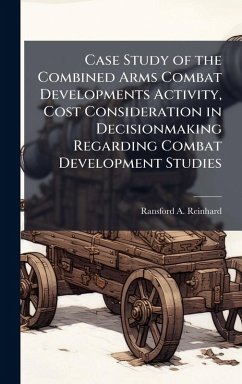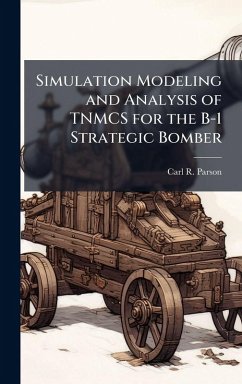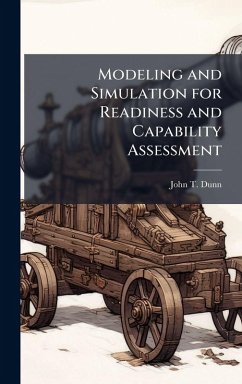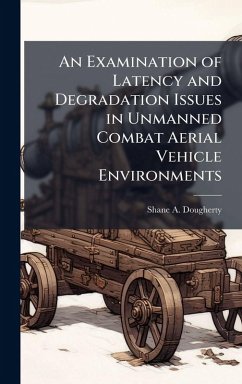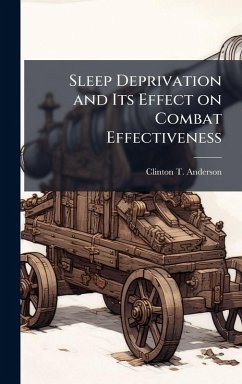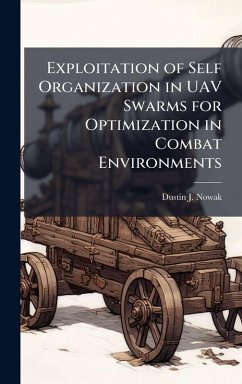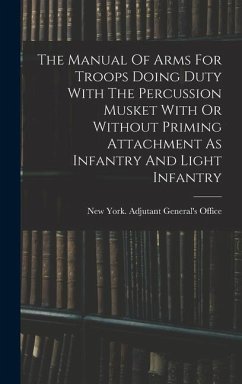
Study of Simulation Effectiveness in Modeling Heavy Combined Arms Combat in Urban Environments
Versandkostenfrei!
Versandfertig in über 4 Wochen
28,99 €
inkl. MwSt.
Weitere Ausgaben:

PAYBACK Punkte
14 °P sammeln!
During the Cold War, combined arms heavy force tactics dictated that forces should avoid urban areas when possible. However, since the beginning of Operation Iraqi Freedom, heavy forces have fought in every urban area in Iraq. The United States Army has clearly rediscovered combined arms heavy force tactics, but there currently exists no validated and effective live, virtual, or constructive training simulation to adequately prepare U.S. Army forces to deal with insurgents in urban terrain. This study examined selected simulations currently in use for training and analysis, compared them again...
During the Cold War, combined arms heavy force tactics dictated that forces should avoid urban areas when possible. However, since the beginning of Operation Iraqi Freedom, heavy forces have fought in every urban area in Iraq. The United States Army has clearly rediscovered combined arms heavy force tactics, but there currently exists no validated and effective live, virtual, or constructive training simulation to adequately prepare U.S. Army forces to deal with insurgents in urban terrain. This study examined selected simulations currently in use for training and analysis, compared them against urban warfare requirements derived from key historical battles, and recommended requirements for future simulations that will better prepare the nation's soldiers for the urban battlefield of today and tomorrow. This work has been selected by scholars as being culturally important, and is part of the knowledge base of civilization as we know it. This work was reproduced from the original artifact, and remains as true to the original work as possible. Therefore, you will see the original copyright references, library stamps (as most of these works have been housed in our most important libraries around the world), and other notations in the work. This work is in the public domain in the United States of America, and possibly other nations. Within the United States, you may freely copy and distribute this work, as no entity (individual or corporate) has a copyright on the body of the work. As a reproduction of a historical artifact, this work may contain missing or blurred pages, poor pictures, errant marks, etc. Scholars believe, and we concur, that this work is important enough to be preserved, reproduced, and made generally available to the public. We appreciate your support of the preservation process, and thank you for being an important part of keeping this knowledge alive and relevant.




